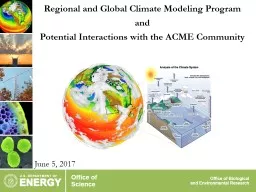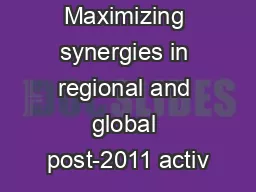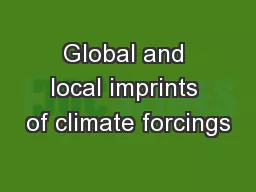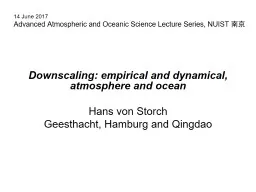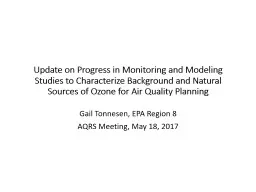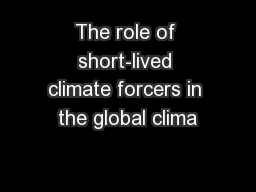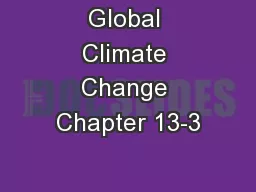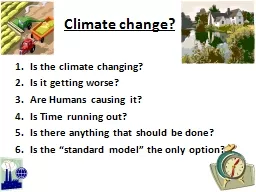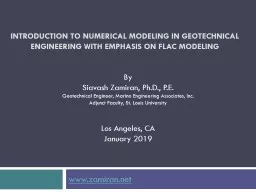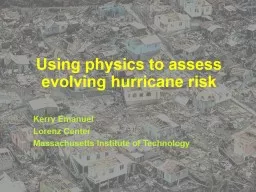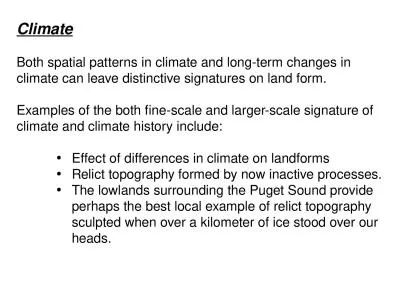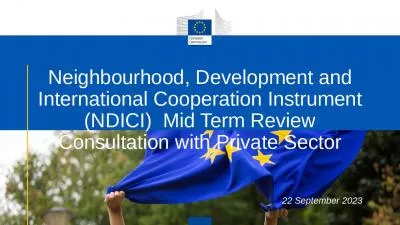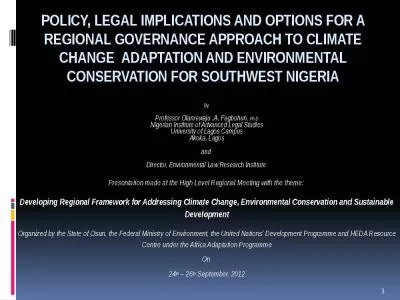PPT-Regional and Global Climate Modeling Program
Author : leventiser | Published Date : 2020-06-24
and Potential Interactions with the ACME Community June 5 2017 RGCM program Overview Goal is to enhance a predictive and process and systemlevel understanding
Presentation Embed Code
Download Presentation
Download Presentation The PPT/PDF document "Regional and Global Climate Modeling Pro..." is the property of its rightful owner. Permission is granted to download and print the materials on this website for personal, non-commercial use only, and to display it on your personal computer provided you do not modify the materials and that you retain all copyright notices contained in the materials. By downloading content from our website, you accept the terms of this agreement.
Regional and Global Climate Modeling Program: Transcript
Download Rules Of Document
"Regional and Global Climate Modeling Program"The content belongs to its owner. You may download and print it for personal use, without modification, and keep all copyright notices. By downloading, you agree to these terms.
Related Documents

